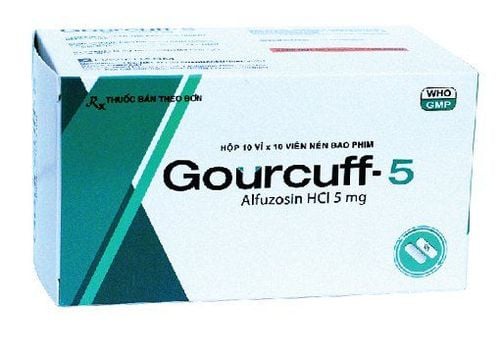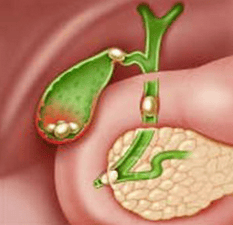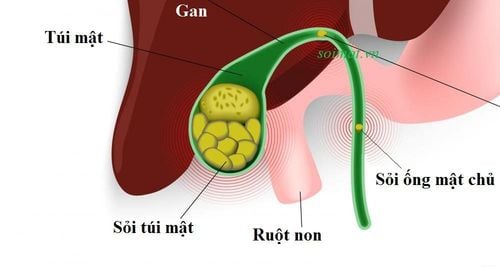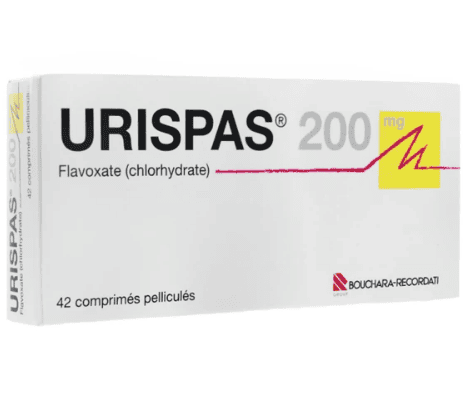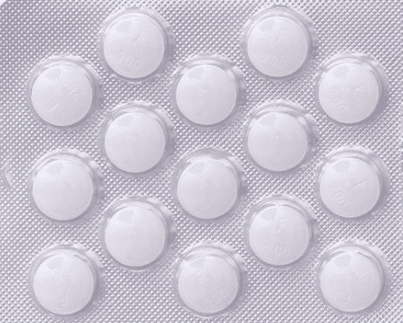This is an automatically translated article.
The article is professionally consulted by MSc Vo Thien Ngon - Urology Surgery Doctor, Vinmec International Hospital Da Nang.
Kidney stones are a common urinary tract disease that requires early treatment. Currently, the open surgical treatment of kidney stones has been gradually replaced by other less invasive methods, typically extracorporeal lithotripsy, retrograde ureteroscopy and percutaneous lithotripsy.
1. Outline of percutaneous renal lithotripsy surgery
Percutaneous nephrolithotomy creates a tunnel from the skin at the lumbar region into the kidney. Through this tunnel, the nephroscope will be inserted into the pyelonephritis and use energy sources such as laser, ultrasound, sauna to break up the stones and pump out the stones. This is a safe, minimally invasive method.2. Indicated cases

Ureteral stones with hydronephrosis less than or equal to grade 2, size less than 1.5 cm.
Indications to consider for special cases of kidney stones such as: obstructive kidney stones in pediatric patients, kidney stones in obese patients, kidney stones combined with narrow ureteral junction, and stones in patients with one remaining ureter. Obstructive kidney stones, obstructed horseshoe kidney stones, kidney stones in transplant patients, and stones in non-hydrophilic kidneys.
3. Contraindications
Patients with serious medical conditions such as: Coagulation disorders, bleeding, systemic bleeding, coronary artery disease, severe heart failure, poor lung function, contraindication to endotracheal anesthesia, diabetes and high blood pressure high or unable to tolerate surgery. If you are using aspirin and anticoagulants, you need to stop taking them for 1-2 weeks and check your blood clotting function before surgery is indicated. The patient is suffering from a local infection of the abdominal wall, an untreated urinary tract infection or kidney tuberculosis. Kidneys have a large volume, coral stones that predict percutaneous lithotripsy (PCNL) many times cannot cure stones. Patients with coral stones but the kidneys are deformed, anomalies cannot create a safe percutaneous tunnel or percutaneous lithotripsy cannot remove the stones. Patients with ectopic kidney stones or kidney prolapse, kidney cancer, kidney tumor. Pregnant women. Patients with hunchback or curvature of the spine, obesity or respiratory disease who cannot tolerate lying on their stomach during surgery, can choose the position of lying on their side or on their back for surgery. Currently, Vinmec Da Nang is one of the leading units in percutaneous renal lithotripsy by vaporizer and ultrasound/with C-ARM. With a success rate of 95%, the procedure of percutaneous renal lithotripsy by vaporizer and ultrasound/with C-ARM is as follows:1.Performer:
Dr. Vo Thien Ngon and Assoc. Dr. Tran Le Linh Phuong supports the team of highly qualified and experienced nurses to support throughout the implementation process.
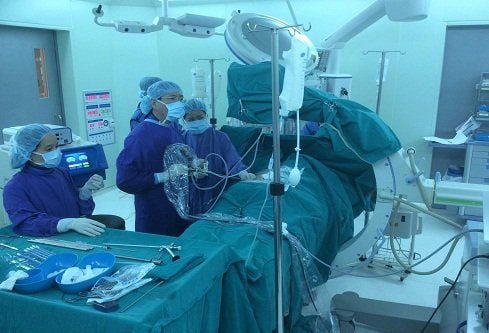
Modern lithotripsy machine, with C ARM system or modern ultrasound support Black and white abdominal ultrasound machine with Convex 3 - 5 transducer X-ray machine Arm shape Ultrasonic lithotripsy Machine Pneumatic pulse lithotripsy Machine Water pump speed 100 – 600 rpm, water pressure 0 – 80Kpa Nephroscope 22 – 24Fr Pince remove stones, Dormia cage
Please dial HOTLINE for more information or register for an appointment HERE. Download MyVinmec app to make appointments faster and to manage your bookings easily.






